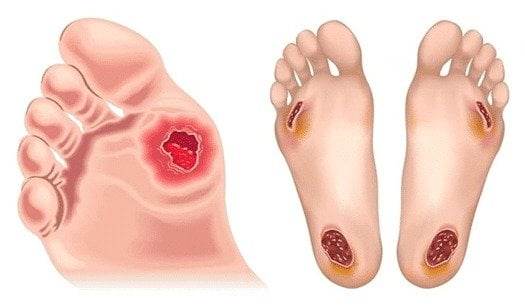Diabetic foot problems
What are diabetic foot problems?
If you have diabetes, make sure to schedule routine check-ups with a podiatrist and invest in proper footwear to safeguard your foot health. These preventive measures can play a significant role in minimising the risk of severe complications associated with diabetic neuropathy.
Seemingly minor issues in the feet can escalate into serious complications if not detected and addressed early on. Regular podiatry visits are crucial for monitoring foot health, allowing for the early identification and treatment of potential problems.
What are the treatment options for diabetic foot problems?
Early treatment is critical. Dr. O’Donnell specialises in diabetic foot care and wound management, and provides the below treatments:
Lower limb angioplasty
Stenting
Bypass surgeries
Ulcer debridement and biopsy
Minor or major amputations

Access quality minimally invasive endovascular & open vascular surgical care on the Sunshine Coast.
What to expect when visiting Dr Jill O’Donnell for diabetic foot problems
Consultation
Visit one of our Sunshine Coast clinics to discuss your concerns and understand what your history includes. We will discuss your options with you before beginning your course of treatment.
Treatment
If a surgical treatment option is agreed upon, you will be admitted to hospital for your procedure. Typically, these procedures only take a few hours, allowing you to return home the same day.
Recovery
Depending on each case, a tailored recovery plan will be provided to you to ensure that you are back on your feet in no time!
Why choose Dr Jill O’Donnell for Treatment For diabetic foot problems
Dr O’Donnell has over 10 years of experience, specialising in minimally invasive endovascular & open vascular surgical care.
She provides vascular surgical care tailored to your specific condition
Communication is important, so you are involved every step of the way
You can choose from a variety of clinics across the Sunshine Coast
